Communities take on climate change
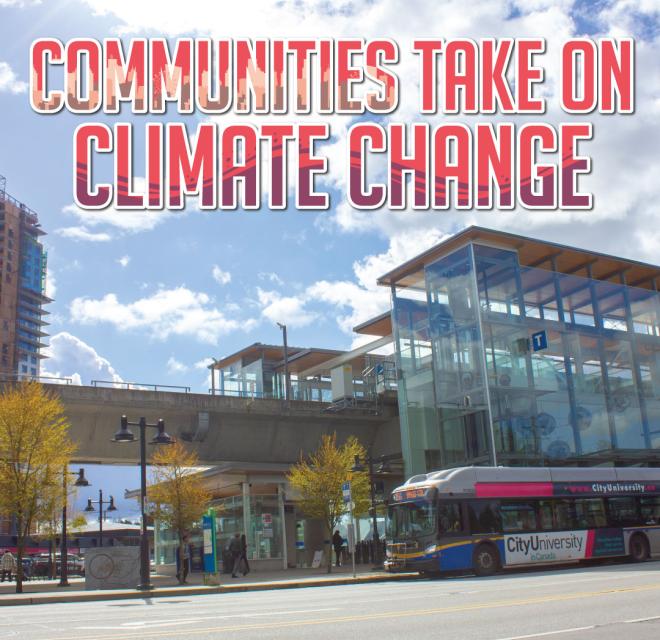
WHAT DOES LIFE LOOK LIKE WITHOUT CARBON POLLUTION?
Sometimes we make the mistake of thinking climate change will be solved at global conferences where regular people have little agency. But the battle to save the planet will be won or lost in our homes, on our streets and in our everyday lives. Transforming the entirety of human civilization is overwhelming — let’s start one neighbourhood at a time.
Most communities are designed to pollute. They encourage a lifestyle that was built on the destruction of Indigenous lands and racialized neighbourhoods and has clearly run up against its ecological limits. Not only that, our collective obsession with single-family homes and private vehicles is hard on our health and our wallets.
Decisions about land use, transportation, food and energy must include the Indigenous Nations whose lands and waters our communities are built upon.
Fortunately, the opposite is true. We can transform our towns and cities to eliminate pollution and even offer a better quality of life with less financial stress. Communities all over the province and beyond are already getting started. But with climate disasters like wildfires and floods wreaking havoc on people’s homes and businesses, we must act more quickly and decisively than ever before.
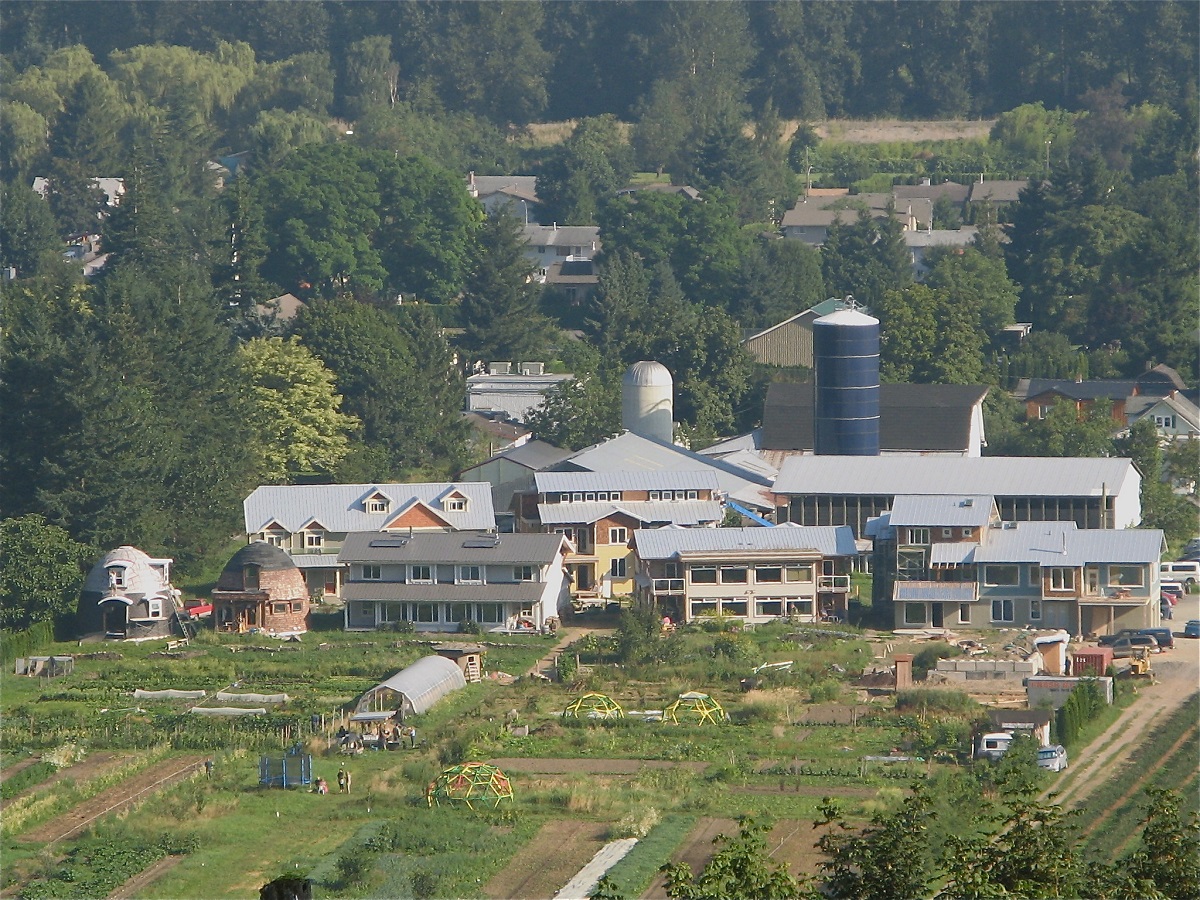
While provincial and federal governments usually have the resources to create programs and rules for climate goals, municipalities often make decisions with big impacts. Housing and transportation policies affect how much carbon pollution their residents create. Complete communities with multi-family housing and public transit burn far less fossil fuels because they allow people to get around without a vehicle, and heat or cool their homes more efficiently.
Our food and energy systems also need an overhaul to tackle carbon pollution. Eating more local, wild or sustainable food that’s grown or raised in our communities means we can rely less on conventional agriculture that creates greenhouse gases. And since B.C. has abundant clean electricity, our top priority must be to electrify everything that currently runs on fossil fuels and bring in strong efficiency standards for buildings and appliances.
Decisions about land use, transportation, food and energy must include the Indigenous Nations whose lands and waters our communities are built upon. Not only is it crucial to avoid further violations of their rights, Indigenous Peoples have aspirations for their territories and the residents who live there. Many Indigenous Nations have plans to reconnect critical ecosystems they’ve relied on for millennia, provide homes for their members and newcomers alike, or produce the food and electricity people need. Every community in this province should listen to Indigenous residents and neighbours as we embark on this collective effort to eliminate carbon pollution together.
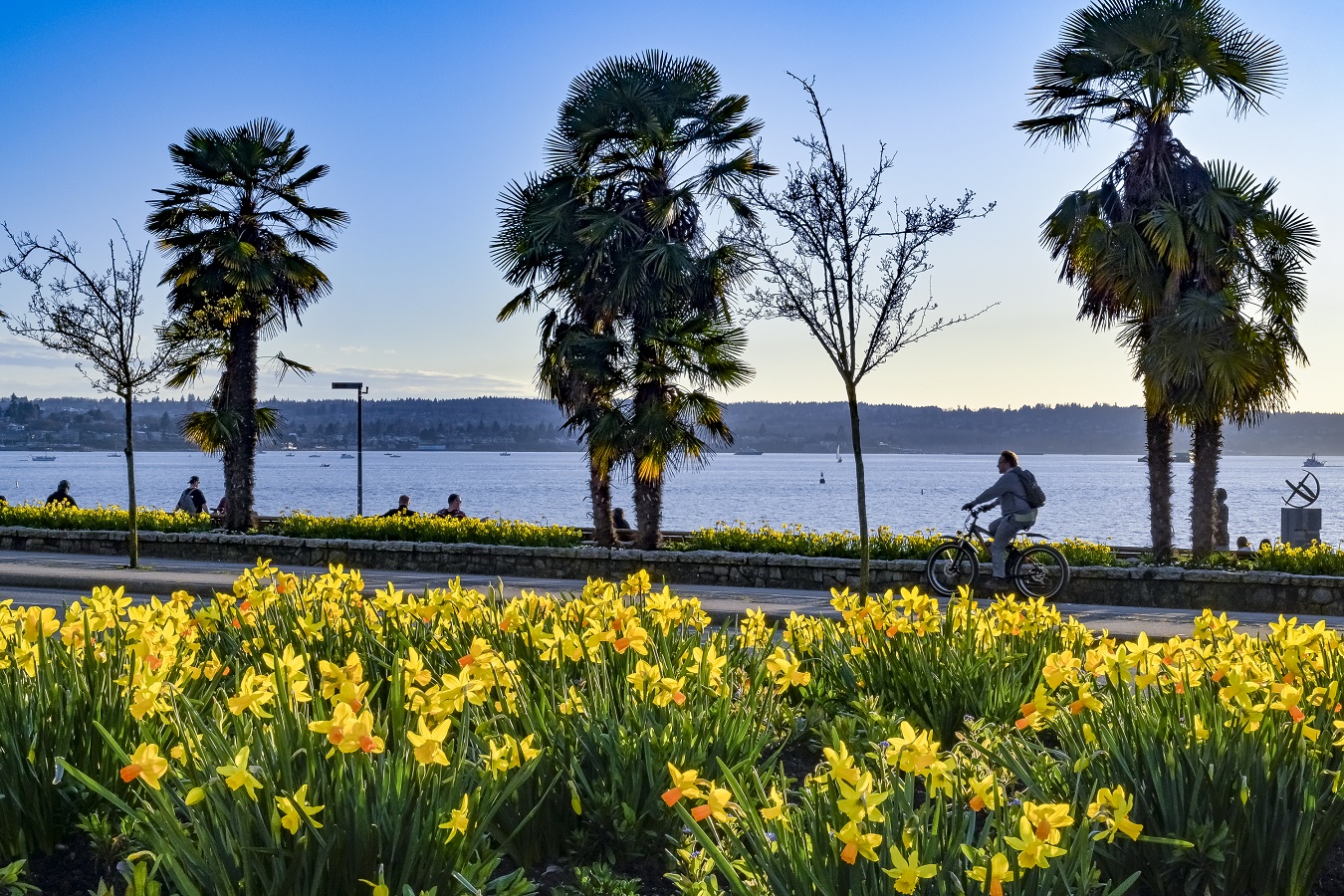
Thankfully, you don’t have to do this alone. In the process of transforming our towns and cities, we can correct long-standing inequities stemming from the way they were built. With major public investments, these upgrades will make life more affordable at a time when the cost of living in this province is out of control. Municipal elections are coming up across B.C. Now is the time to demand a new kind of community for a new kind of climate. Read on for practical steps your local leaders can take.
View the PDF version of this report
HOMES ARE WHERE THE HEART IS
Driving people away from communities fuels climate change. B.C.’s housing and climate crises are deeply intertwined. When there aren’t enough homes in cities, people move further away to afford space. With less services and employment available, that means they need a polluting vehicle. Larger, detached homes also use more energy. These details not only mean more carbon pollution, they’re also more expensive. When transportation and housing costs are taken together, it’s actually more affordable to live in Vancouver than Langley.
Consider what residents often like about suburban neighbourhoods — they’re quiet, safe and green. But these aren’t actually a function of having less people, just less cars. Unfortunately, the same things that exclude traffic from these areas are the ones creating it for others. Cul-de-sacs keep through traffic off streets but force people to drive everywhere. It’s only once you add basement suites, multiplexes and townhomes that you have enough residents to support reliable public transit.
Doubling urban population density reduces carbon pollution from household travel by almost half and home heating by 35 per cent. But in Metro Vancouver, 80 per cent of the land is reserved for 30 per cent of households. Possibly the single most effective action local governments can take to fight climate change is to end bans on apartment buildings via single family zoning.
TAKE ACTION: Join our call for post-carbon communities and help make your neighbourhood pollution-free!
Not everyone needs to live in a high-rise to tackle climate change. Apartments known as “five floors and corner stores” can create neighbourhoods with high density and low carbon emissions. Building towers around major transit stations and upgrading ageing malls to new town centres creates central transit hubs, but it’s equally important to make sure everyone has access to daily needs like a grocery store and childcare within a short walk or roll from home.
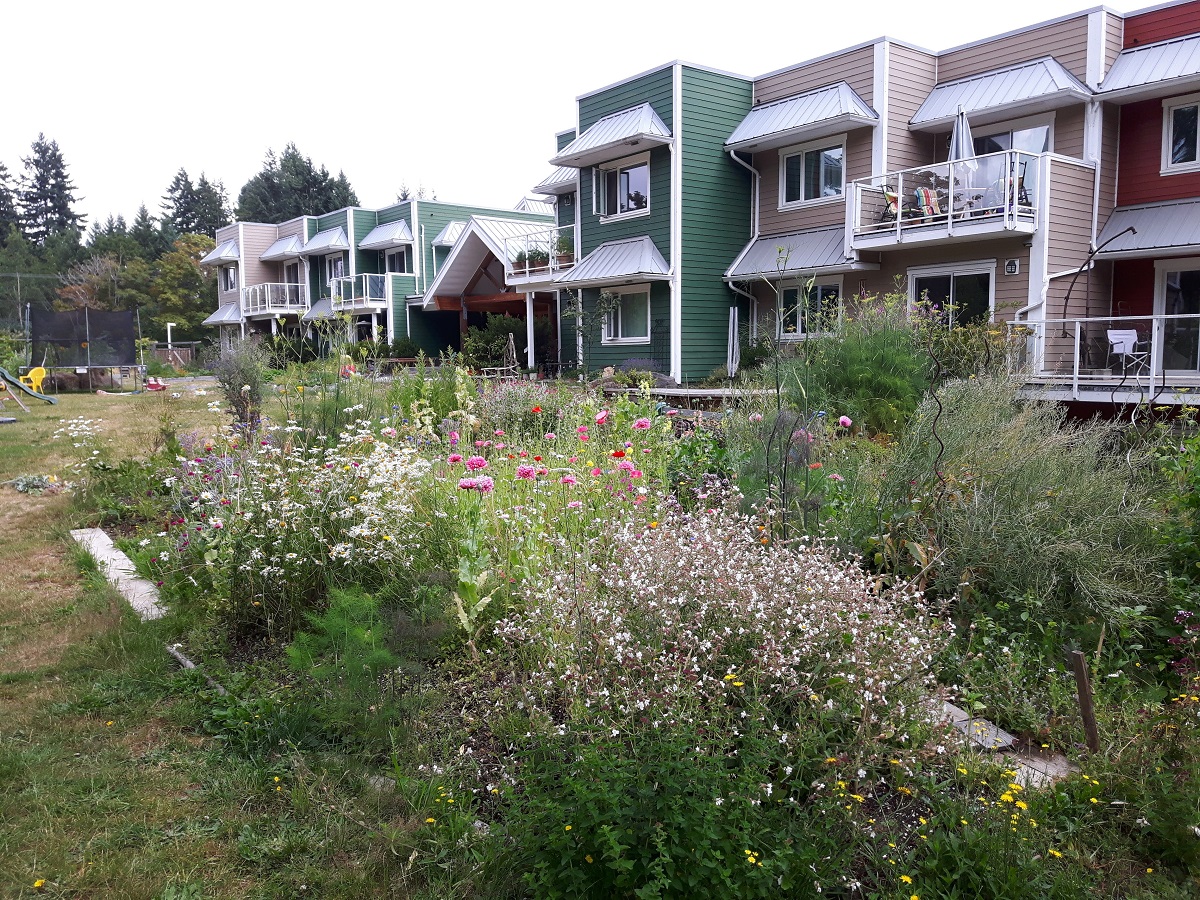
Lots of this new housing should be non-profit, co-op, social or otherwise non-market. And it all should be built to the highest emissions standard. There’s also the reality that new apartments, while far cheaper than existing single-family homes, still come at a premium. Governments at all levels need to build green public housing as fast as possible so everyone has access to energy efficient, climate resilient, affordable homes.
When cities build new housing it’s crucial to minimize parking, with a few spots for disabled folks, car-shares and charging stations, as well as ample bike storage. That makes residents far less likely to drive but also makes units more affordable since they’re not covering the price of a parking garage. One underground parking stall can cost up to $60,000. Even sprawling cities like Edmonton are ending their mandatory minimum parking requirements.
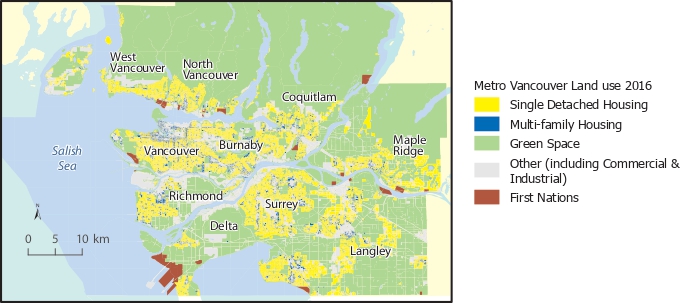
Finally, dense neighbourhoods must go hand-in-hand with more green space. As the last few years have highlighted, people love to both congregate and escape outdoors. Your local parks can become your backyard and they are essential to quality of life. Green spaces also buffer against climate disasters like heat waves and flooding by providing shade and absorbing water. With the consent and guidance of Indigenous Peoples, we can restore some of the ecosystems and treasured places that were lost in the expansion of towns and cities, and create new parks for all to enjoy.
PLUGGING IN COMMUNITIES
Most of the world’s first steps to tackling carbon pollution involve plugging a growing share of renewable energy into their power grids. Here, B.C. has a distinct advantage in that nearly all of our electricity already comes from emissions-free hydro power. Banning gas connections in new buildings, while replacing our existing gas furnaces, stoves and water heaters with electric options is one of the best ways we can fight climate change.
One of the key technologies to do this is known as a heat pump. Believe it or not, you already have one in your home — your refrigerator. It works by pulling heat from the inside and pushing it out the back. Modern heat pumps work exactly the same way. They use a compressor to extract heat from outside and bring it inside to warm your home. Usually this comes from the air, but they can also pull from underground or nearby lakes.
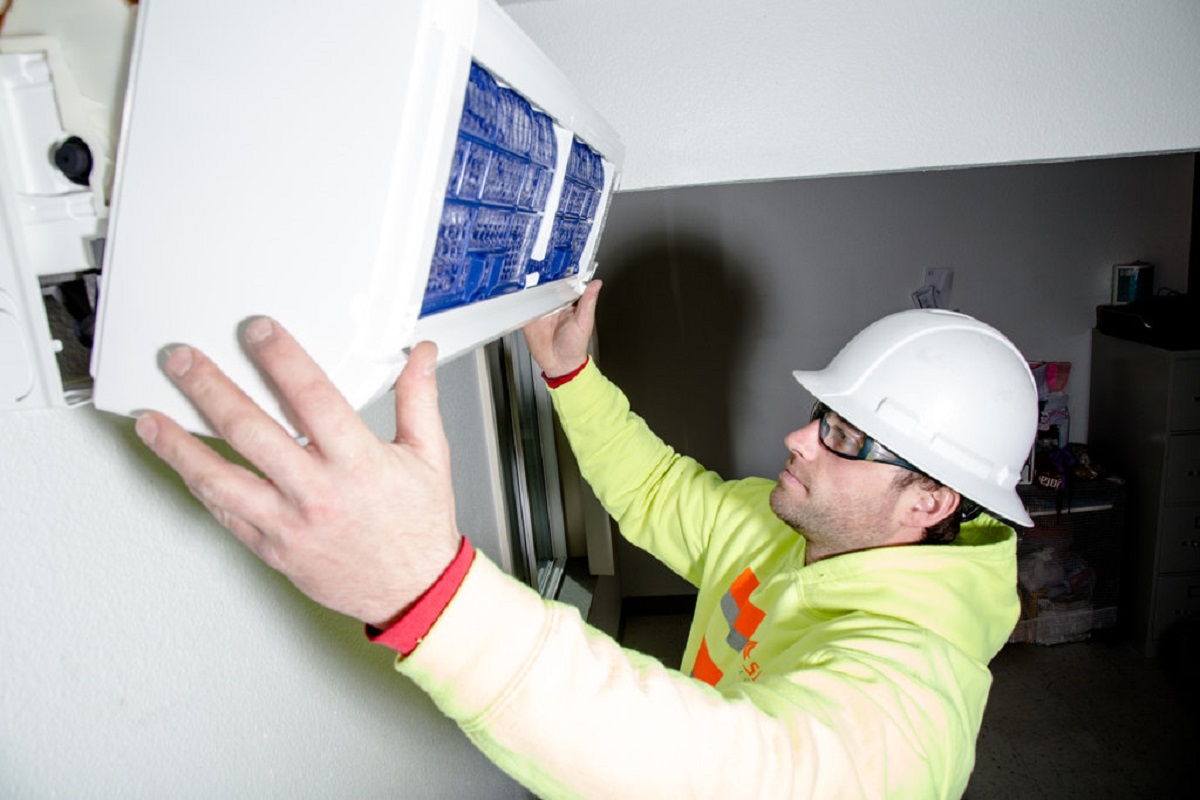
Even better, the technology also works in reverse. That means every heat pump also doubles as an air conditioner — crucial in the aftermath of record temperatures that killed hundreds in B.C. Installing heat pumps in every home in the province is a public health imperative and the government should roll them out as quickly as we can build them. In addition to space heating, heat pump water boilers are also essential to eliminating fossil fuels from the home. Maybe it’s more appropriate to call them hero pumps?
Once local factories are churning out heat pumps they will only get cheaper as in Europe and Asia. In the meantime, we are lucky to have a public utility in this province to incentivize electric cation for the public good. Rebates on the upfront costs of this technology — like the ones currently on offer from provincial and federal governments worth $11,000 combined — mean ratepayers can actually save money on their bills while also saving the planet. BC Hydro should work on making sure all households including renters and low-income people have access to this technology.
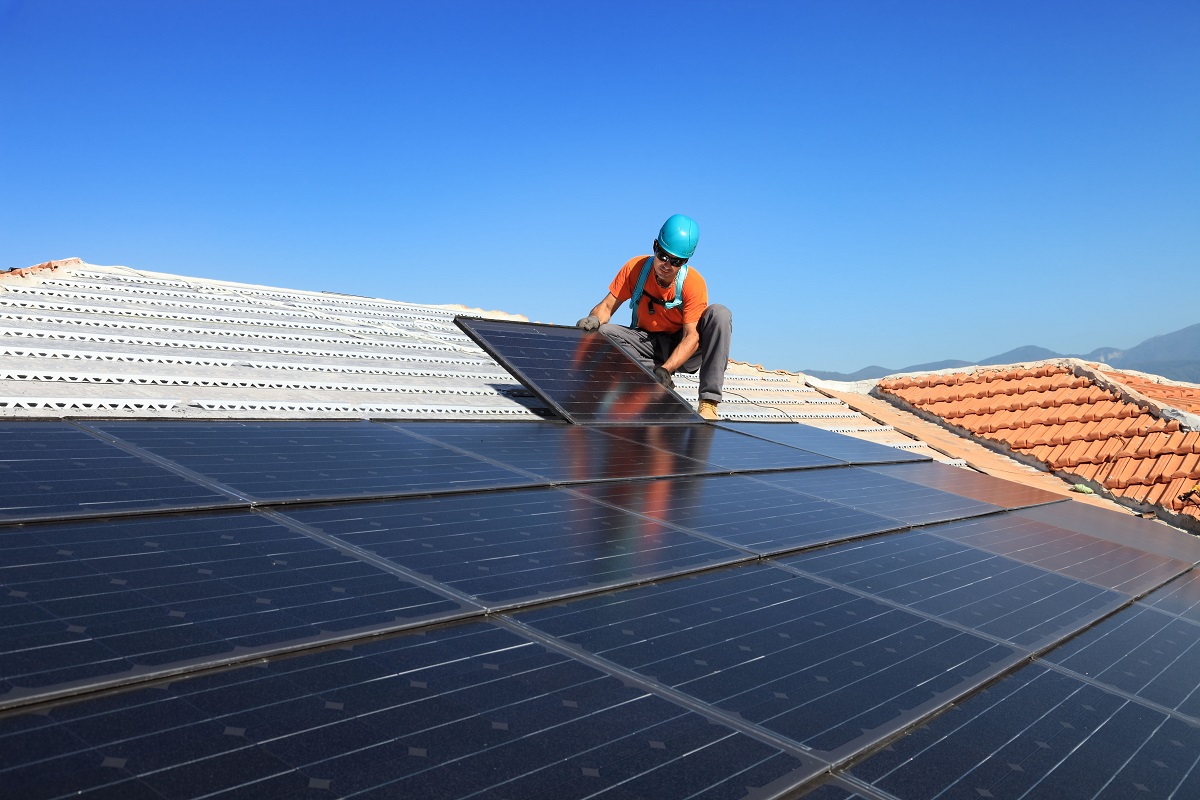
Energy upgrades are the best way to free up more power for all these new electric appliances. Better insulation, energy efficiency and smart meters can lower household power use. While the province is likely to have surplus power for the next decade, it will eventually need more renewable energy. That gives us time to build a framework for communities to generate their own power.
Indigenous Nations have major renewable energy ambitions and many want to produce power on their territories. Rather than independent power projects that created windfall corporate profits at the expense of the financial health of our public utility or building megadams that run roughshod over human rights, BC Hydro should partner with Indigenous Nations. That way our electricity system — crucial to tackling climate change — can remain in public hands through joint ownership by Indigenous Nations and the province.
MOVING BC FORWARD
Let’s face it — traffic sucks. It’s stressful. It’s noisy. It sucks up precious time with our loved ones and fills our communities with pollution. In B.C., transportation accounts for 39 per cent of greenhouse gas emissions. It’s also pricey. For many households the cost of owning a vehicle is their second largest expense after housing. It doesn’t have to be this way.
Public transit should provide an affordable, reliable, clean option for just about everybody in the province. While some communities have quality transit service, we’re a long way from that elsewhere. Mobility is a basic human right. Nobody should have to own a vehicle, and pay for gas, insurance, parking, maintenance — not to mention debt and depreciation — just to get around. Electric vehicles are great when they’re truly necessary but they remain a poor use of resources and space. To fight climate change we need less vehicles, not just cleaner ones.
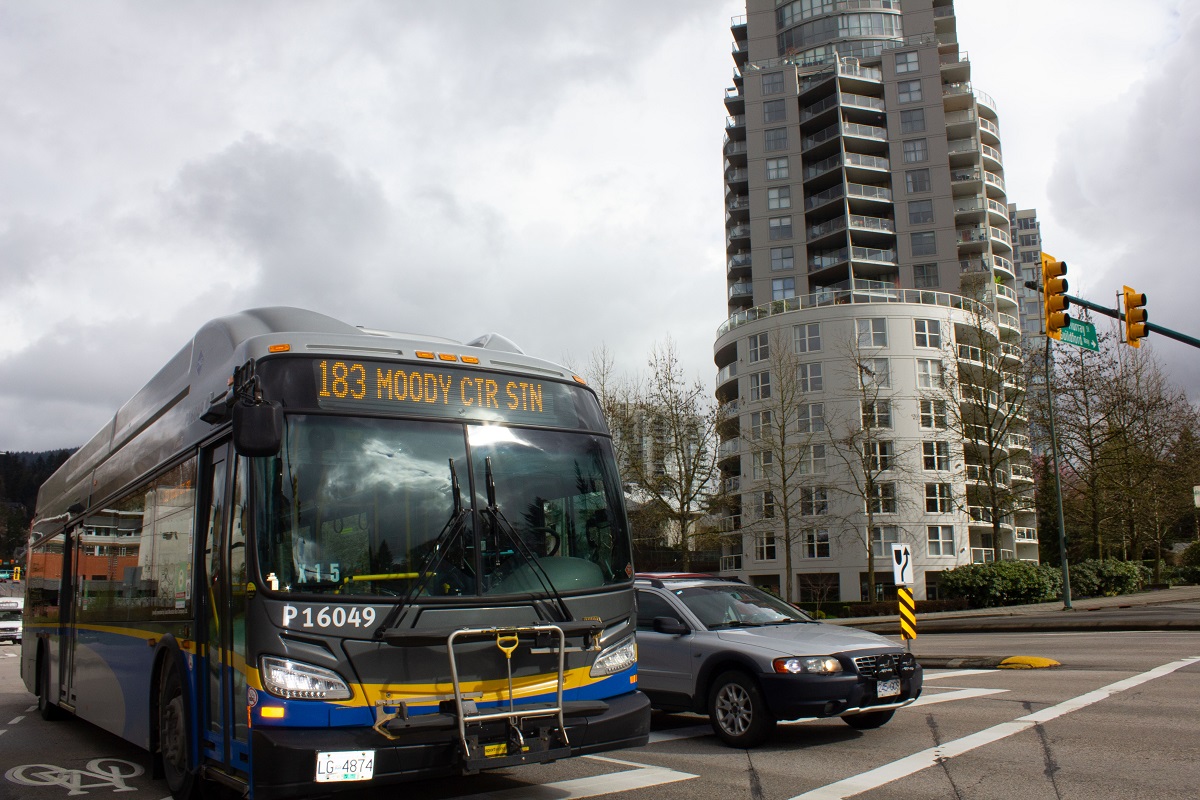
CleanBC, the government’s climate plan, recognizes that. It commits to a 25 per cent reduction in vehicle miles travelled across the province by 2030. That will require a major change in strategy away from spending billions adding lanes to urban highways and investing in quality transit everywhere instead. We should be spending as much on public transit as we do on other necessary social programs like healthcare and education.
In practical terms, that means TransLink building Surrey light rail, the Broadway subway to UBC and a line to the North Shore all at the same time and starting now. It means reactivating old rail lines up eastern Vancouver Island and the Sea-to-Sky Corridor. It involves rolling out rapid, electric, frequent transit service in growing centres like the Fraser Valley, Okanagan, Greater Victoria, Nanaimo, Kamloops and Prince George. It requires moving forward with high-speed rail to Seattle and Portland as soon as possible. Finally, it includes creating a vast network of new protected bike lanes and connecting all communities with regular public interurban bus service.
With the exit of Greyhound bus service across western Canada there’s an urgent need to connect rural and remote communities. Indigenous Peoples and rural allies successfully fought for a regional bus system in the North and now B.C. should offer similar service on a publicly-owned bus network across the province.15For low-income residents who can’t afford a vehicle, Greyhound bus service was instrumental in getting to appointments, accessing education, and visiting friends and family. It’s clear we cannot rely on private carriers to provide these vital links.
If that all sounds like a fantasy, consider that 100 years ago there was an electric tram line all the way from Vancouver to Chilliwack, passenger rail from Victoria to Courtenay, streetcars along every major artery in Metro Vancouver and train service connecting the entire province. We once had a great transit system, we just ripped it out with the rise of private vehicle ownership after World War Two.
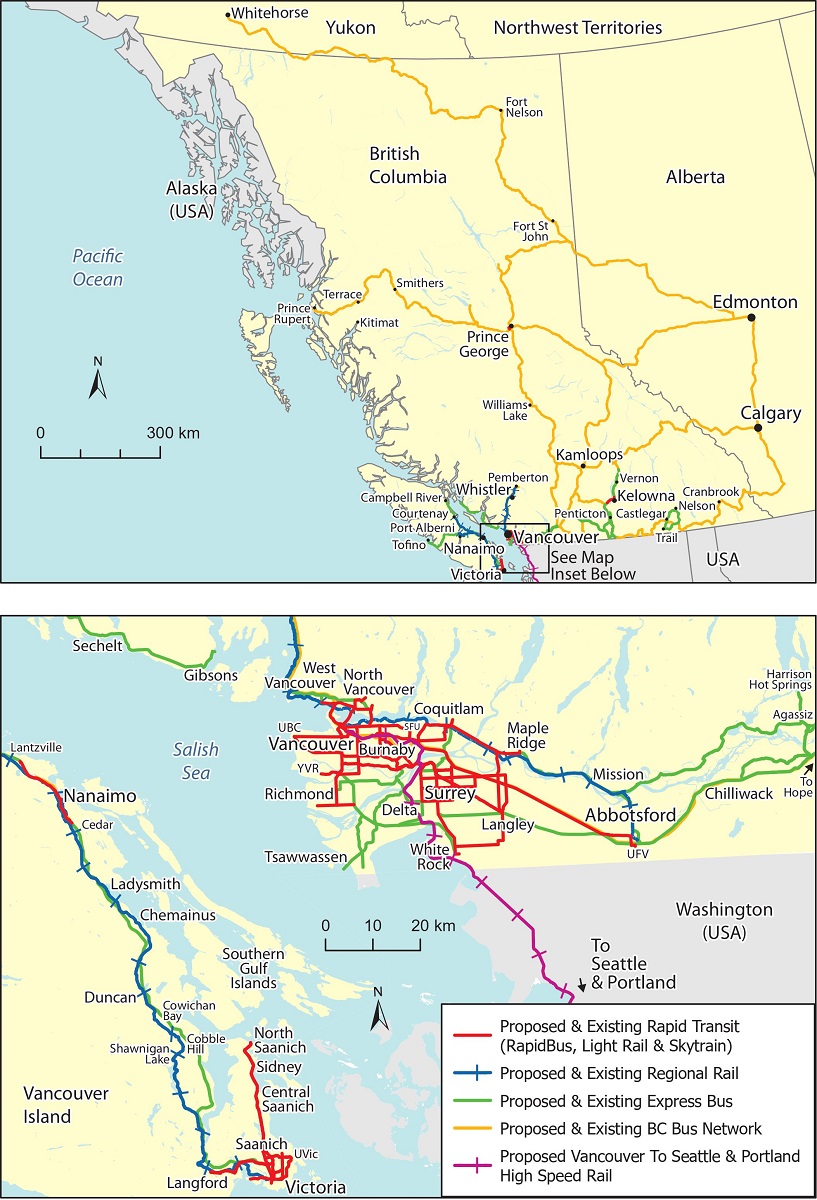
Most of the planning necessary to develop a thriving public transit system has already been done. TransLink recently announced its 2050 strategy with 310 km of new rapid transit lines for Metro Vancouver. It foresees nearly all residents having a bus that comes at least every 15 minutes within a five minute journey of their home. BC Transit has 25-year plans for every community it serves. It’s only a matter of accelerating those blueprints and providing the resources necessary to do so this decade.
TAKE ACTION: Write a letter to the editor of your local newspaper
FEEDING THE FUTURE
When talking about ending our reliance on fossil fuels, many doubters will point to transport trucks stocking store shelves. Getting fresh tomatoes from Mexico without carbon pollution is admittedly some years away yet, but why must we rely on far off lands to feed us? In an era of worsening droughts and floods, grocery prices are already rising and the more food we can provide close to home the better.
From nitrogen fertilizers to farm equipment to transportation to spoilage, industrial agriculture is extremely polluting, accounting for about one-third of global emissions. While we all need to eat, the consequences of our food system are staggering. Every calorie we grow, raise or harvest ourselves is one without all this pollution. Growing food in our communities can also offer protection against the wild price swings climate disasters bring.
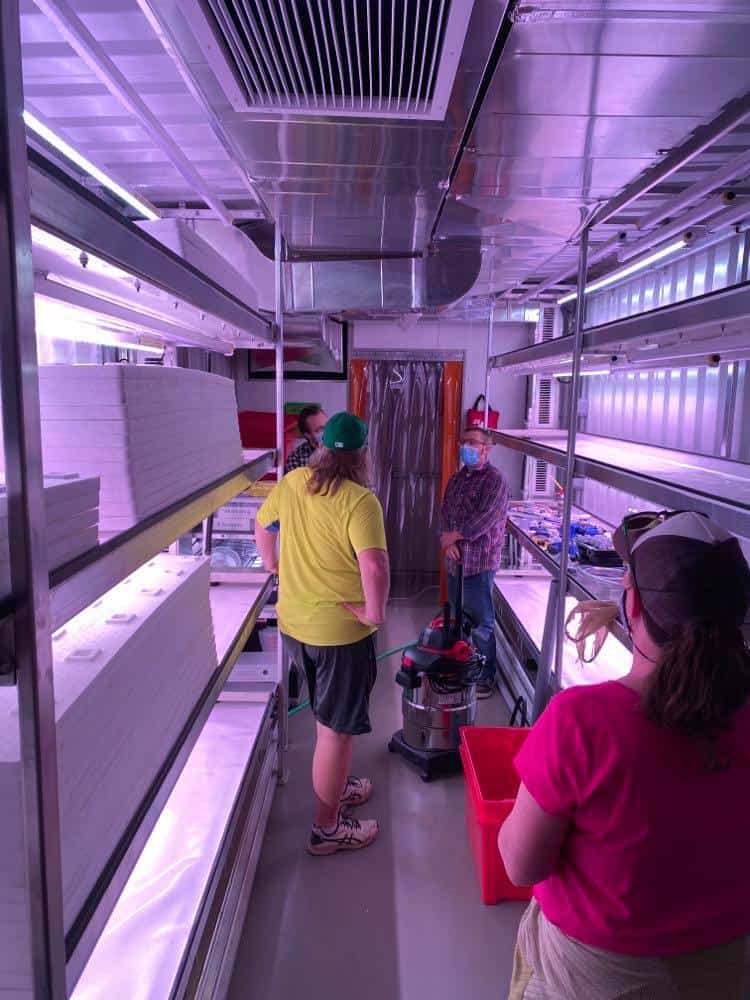
Thankfully, there are countless solutions to feed everyone without also feeding climate chaos. Futuristic technologies like hydroponic vertical farms and lab-grown meat or dairy products are well on their way to communities near you. Indigenous peoples managed these territories for generations to provide for hunting, fishing and gathering. Given the opportunity to bring their traditional foods back to abundance, they could feed their nations and sell harvest licences or wild food products to the rest of us. Finally, good old-fashioned gardening has often provided people with sustenance during tough times. Victory gardens, vegetable gardens planted to supply food, got people through two world wars and could help us again.
What would it look like for our communities to produce as much food as possible? Warehouse farms growing vegetables and culturing meat just blocks away from or even above the store. Local programs for gardens on every kitchen countertop and in every backyard. Healthy rivers so full of fish there’s always enough and intact forests where berries, mushrooms and moose nourish families who’ve relied on them for centuries. As climate disasters already wipe out crops and drive the cost of groceries higher, we’re going to need all the food we can get.
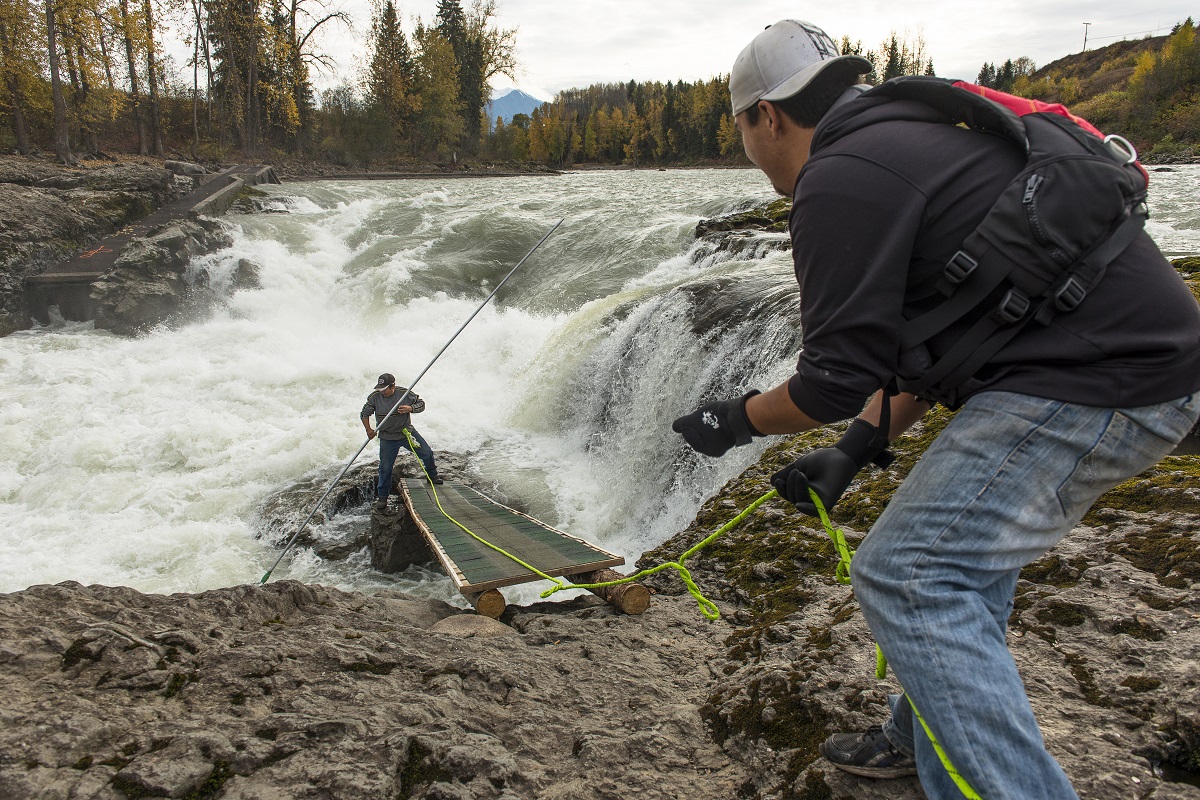
Waste is another climate catastrophe of our current food system. In Canada, 58 per cent of the food we grow is thrown out. Food in B.C.’s landfills creates as much carbon pollution every year as the province’s agricultural sector does growing that food. Composting at scale, as many communities already do, is an essential part of any local climate strategy. It can also supply potting soil to all the hobby gardeners who currently rely on highly polluting peat moss ripped from northern boreal wetlands that are critical carbon stores.
Feeding everyone in a warming world is a challenge but nobody needs to go hungry. Doing it without making the climate crisis worse requires communities to get creative and learn to share.
COMMUNITIES IN THE WAKE OF FOSSIL FUELS
Every community has a vital role to play in ending carbon pollution. But for certain regions, ending their reliance on fossil fuels comes with additional challenges. Northeastern B.C. in Treaty 8 territory has about 70,000 residents, many of whom moved there for jobs in the gas industry.
Towns, cities and Indigenous Nations in the region now have to figure out what life looks like once the world doesn’t want its gas any longer. If the province is to wind down its fossil fuel production, it needs a plan to support the workers and communities who currently rely on it. These places have lots going for them but need investments from provincial and federal governments to transition successfully. They are affordable places to live and with the right supports could attract new residents and businesses long into the future.
Blueberry River First Nations has a vision for community-led restoration efforts in its territory. After winning a landmark Supreme Court case upholding their treaty rights against the cumulative impacts of resource development on their territory, the nation has negotiated $65 million from the provincial government to restore their lands and waters and protect their way of life. They are still working to determine how permits for new projects will be evaluated in the future with the consent of the nation, but their Blueberry River First Nations has a vision for community-led restoration efforts in its territory.
After winning a landmark Supreme Court case upholding their treaty rights against the cumulative impacts of resource development on their territory, the nation has negotiated $65 million from the provincial government to restore their lands and waters and protect their way of life.
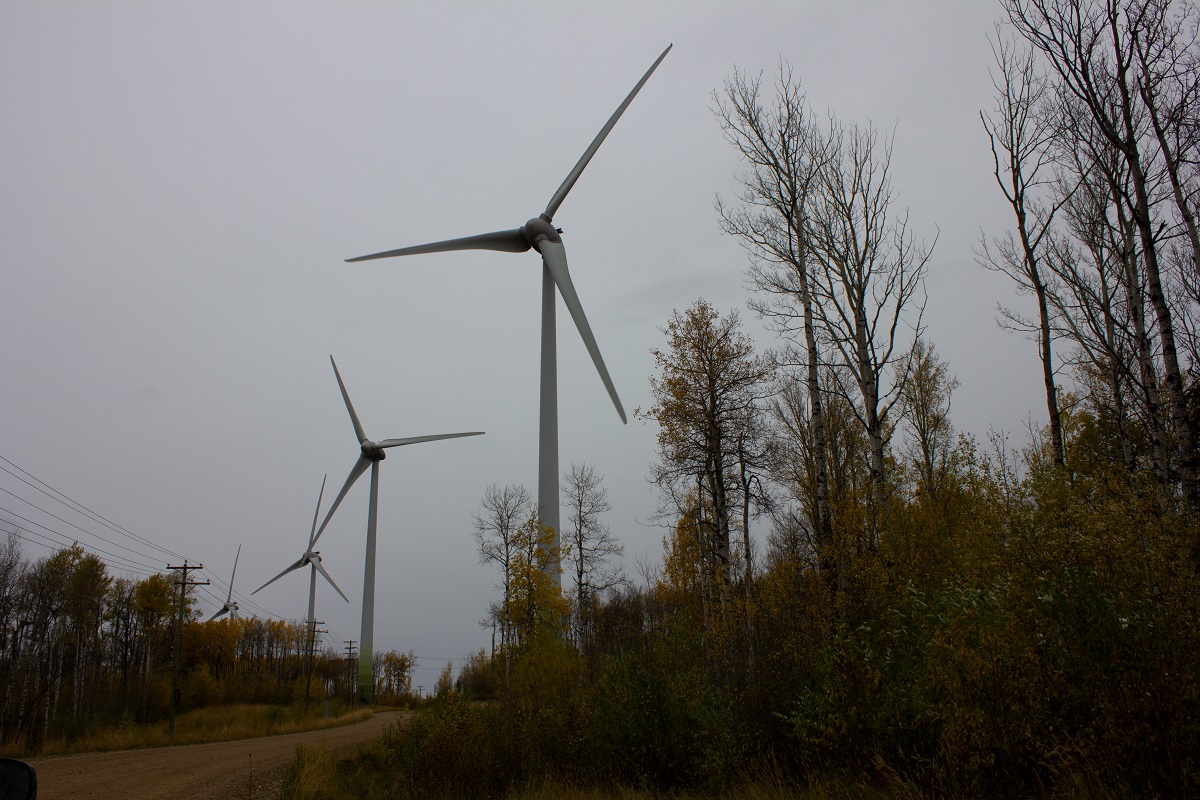
Place-based investments like hospitals, high-speed internet and recreation centres in communities across the region can help them prepare for a changing world. And the same principles apply to resource towns all over the province — from Kitimat to Elkford. Proactive support for these communities means they can spend the next decade preparing for the end of fossil fuels. B.C. needs a comprehensive, community-led plan for the northeast to ensure the region’s success well into the future.